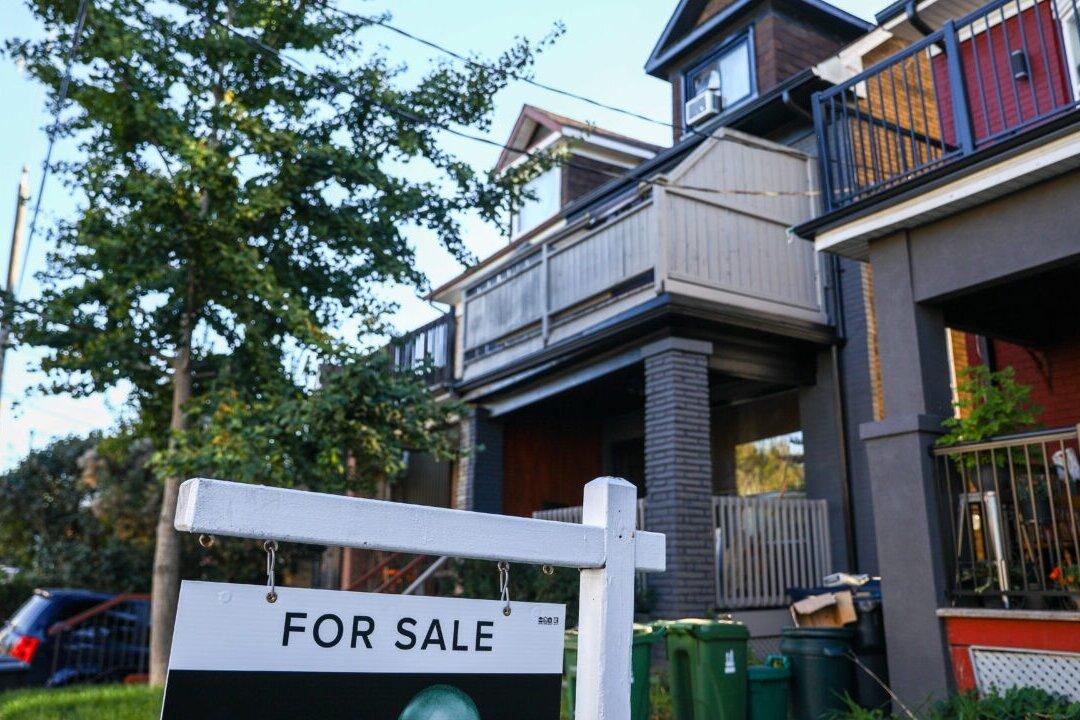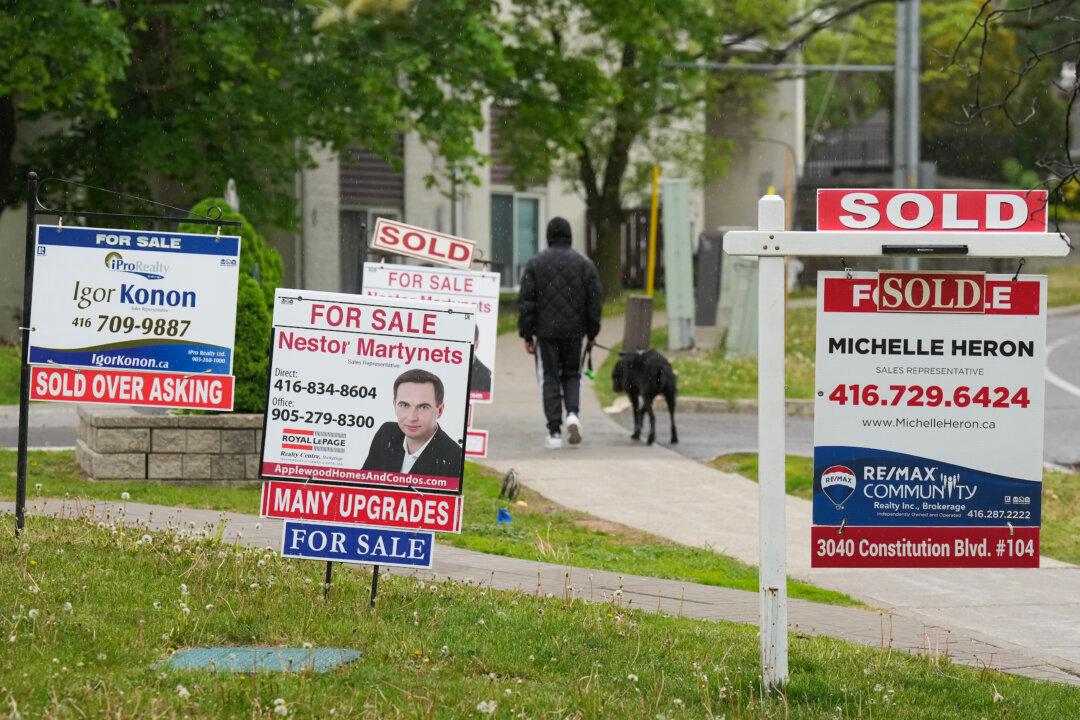Home flipping is on the rise in Canada despite federal measures put in place to curb such activity, says a new report.
The Sept. 8 Bank of Canada (BoC) report, “Indicators of Financial Vulnerabilities,” found that 2.5 percent of all resale home transactions in the country were flips that occurred within 12 months of purchase, which is similar to pre-pandemic levels.




